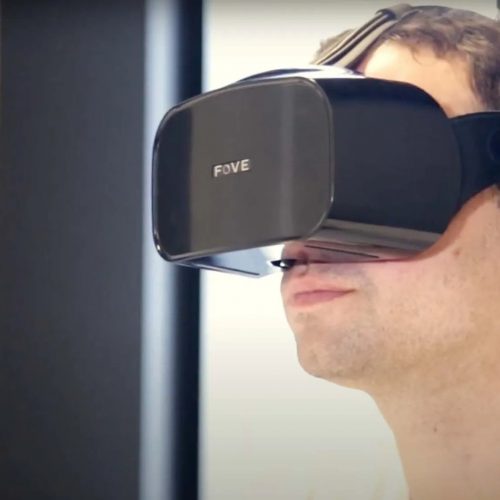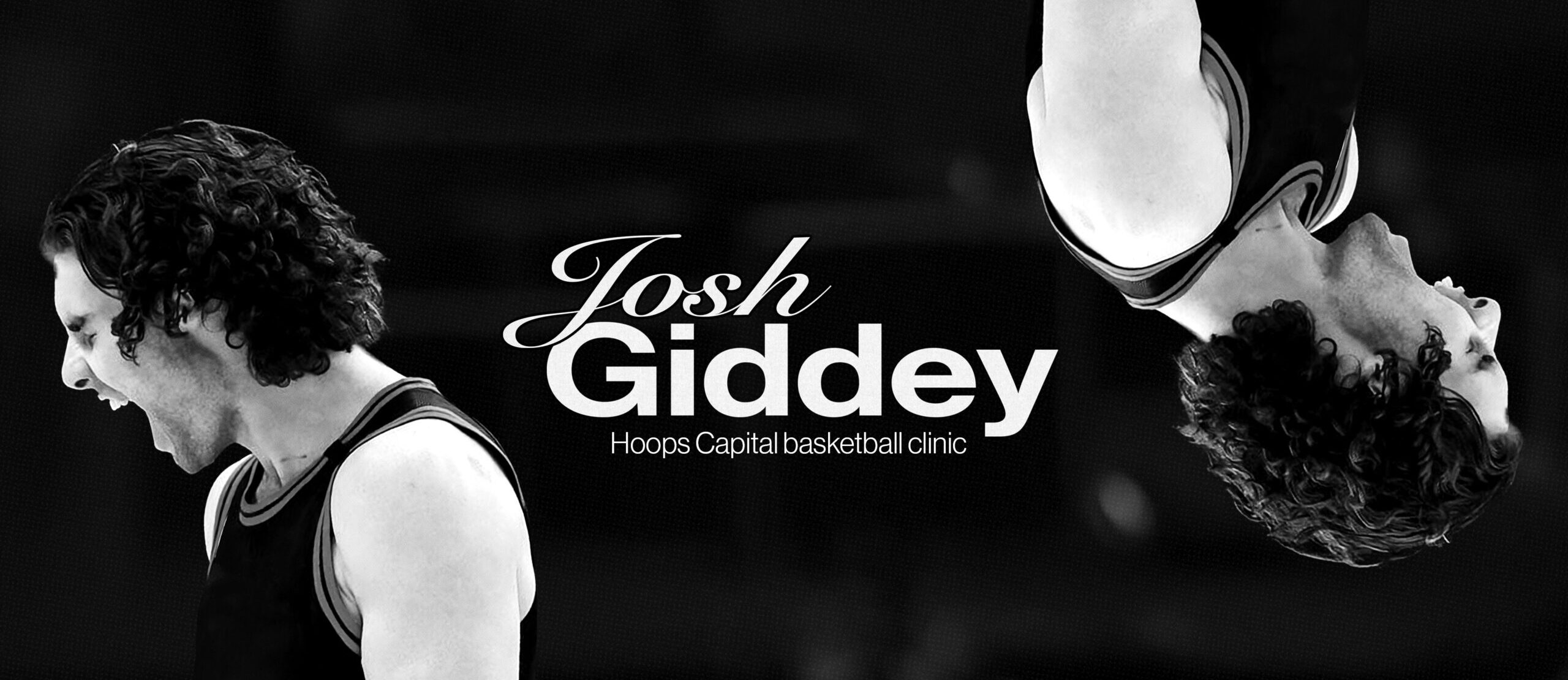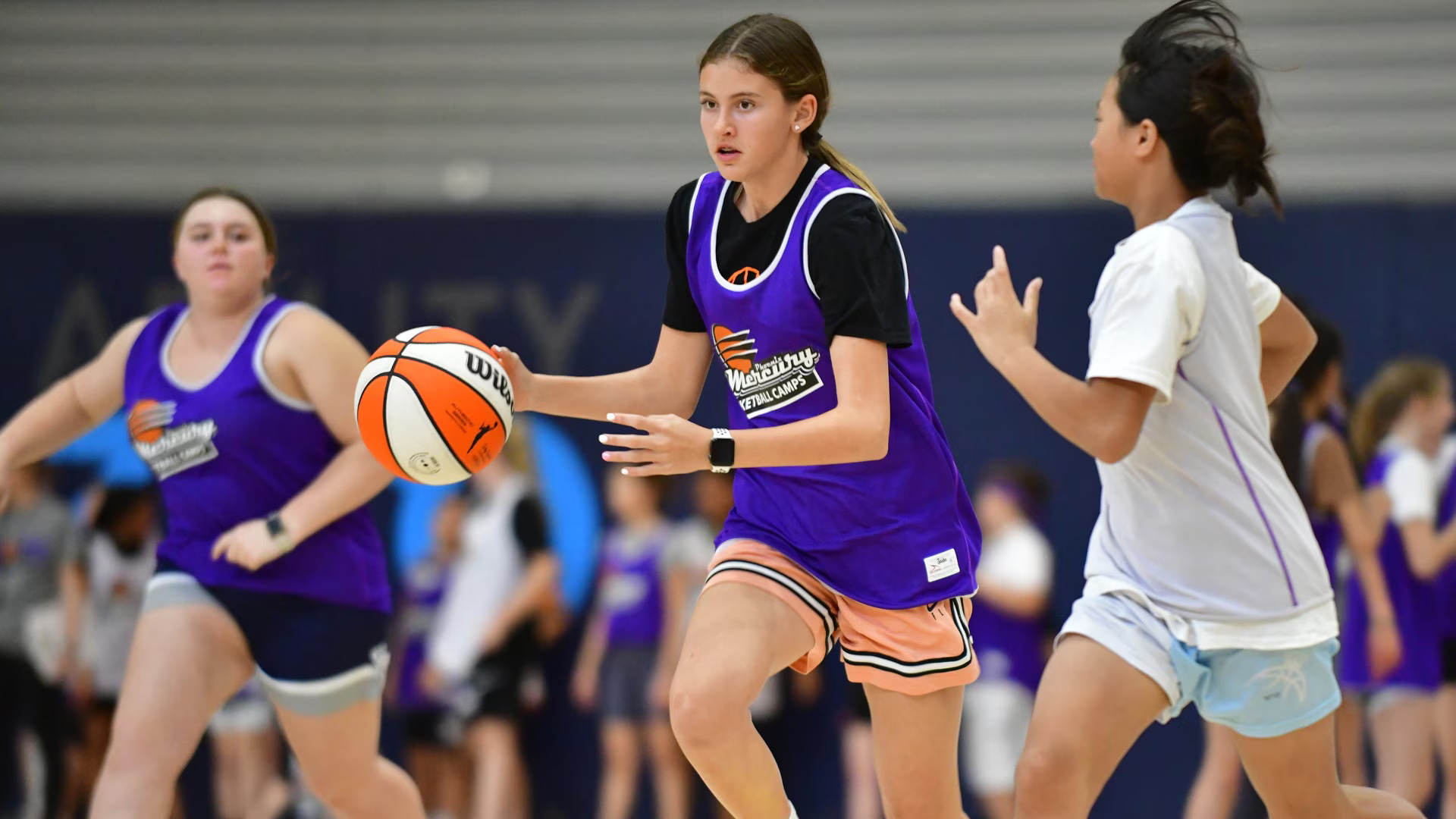World Rugby has announced it will evaluate the latest eye-tracking technology to assist with the identification and management of concussion.
As part of the evaluation, World Rugby has partnered with NeuroFlex and EyeGuide, and will trial the use of the technology during games in what has been labelled a ‘shadow study’ alongside the use of head injury assessments (HIA).
The technology will also be trialled during the return-to-play protocols for World Rugby, to help assist medical staff in understanding athlete recovery from concussions.
World Rugby chief medical officer, Dr. Eanna Falvey, said: “As a key element of our progressive approach to injury reduction and management in rugby, rugby continually explores and assesses technology developments that could enhance the care of players in our sport at all levels.”
“The ambition of the eye-tracking study in partnership with NeuroFlex and EyeGuide is to determine the technology’s objective diagnostic accuracy in a rugby environment and help inform the advancement of World Rugby’s future concussion identification and management strategies.
“We believe that oculomotor screening examination in rugby has the potential to boost the identification and management of concussions by objectively identifying potential abnormalities in oculomotor function between a player’s baseline and when removed for an HIA assessment, adding to the depth of identification methods available to the sport,” Dr. Falvey said.
NeuroFlex chief science officer, Mimi Galiana, said: “We are delighted to be partnering with World Rugby, who are committed to advancing the welfare of elite players and indeed players of all ages through undertaking such a study.”
“NeuroFlex is ground-breaking technology that will allow the medical team to objectively assess and manage concussions and vestibular disorders by leveraging eye-tracking in Virtual Reality and provides clinically accredited accuracy on key measures of brain function.
“NeuroFlex is a result of my 30 years of research and development in the field of eye-tracking and head movement with over 200 research papers published in leading peer reviewed journals,” Galiana said.
As part of the eye-tracking technology which uses the latest virtual reality technology, NeuroFlex involves an individual completing an eight-minute set of baseline tests, two-minute testing on game day for head injury assessment and further testing and rehabilitation to assist in World Rugby’s return-to-play protocols.
The partnership comes after the concussion debate has continued around the world and has heated up in Australia since the start of both the AFL and NRL seasons, each recording a number of concussion injuries and introducing new rules in an effort to safeguard athletes.







